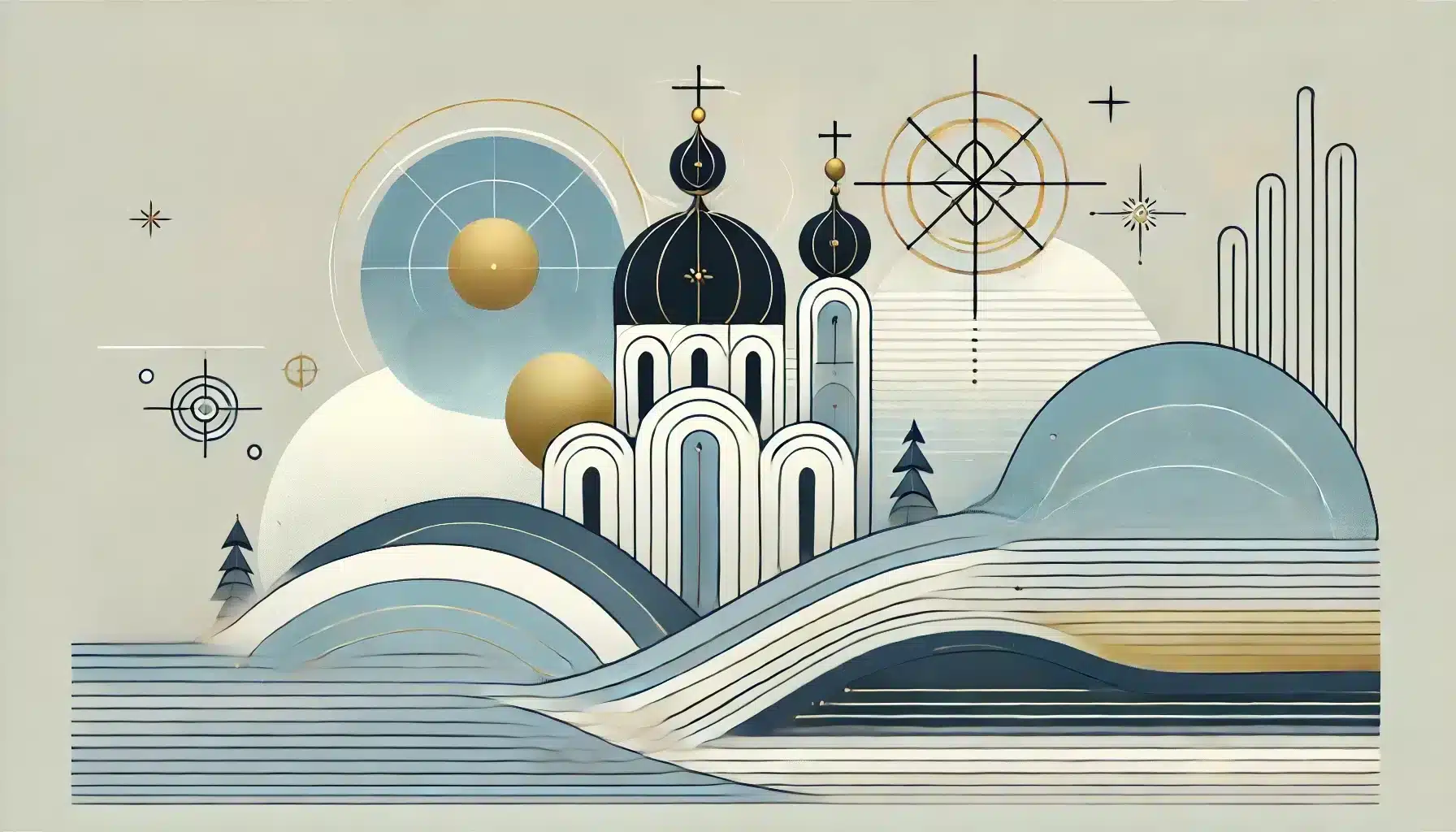What is Orthodox New Year or Old New Year?
Orthodox New Year, also known as the Old New Year, is celebrated annually on January 14 according to the Julian calendar, which lags 13 days behind the Gregorian calendar. This occasion is observed by many Eastern Orthodox Christian communities as a blend of cultural and religious traditions. It marks the start of the liturgical New Year and is a time for reflection, family gatherings, and festive celebrations rooted in history and faith.
History and Purpose
The Julian calendar, introduced by Julius Caesar in 45 B.C., served as the standard timekeeping system until the Gregorian calendar replaced it in 1582 to correct inaccuracies in the measurement of the year. While most of the world adopted the Gregorian calendar, many Eastern Orthodox churches retained the Julian system for liturgical purposes.
The Orthodox New Year provides an opportunity for these communities to celebrate their cultural heritage and traditions. It is a time to honor the past year, seek blessings for the new one, and connect with family and community through shared customs and religious observances.
Who Celebrates Orthodox New Year?
- Eastern Orthodox Christians: Observed in countries such as Russia, Serbia, Ukraine, Belarus, and Georgia.
- Diaspora Communities: Orthodox Christians living abroad maintain these traditions to connect with their cultural roots.
- Families and Friends: Celebrate with special meals, songs, and rituals.
- Cultural Enthusiasts: Individuals interested in experiencing or learning about Eastern European traditions.
- Religious Congregations: Host church services and community events marking the New Year.
Themes and Slogans
The Orthodox New Year is centered around themes of renewal, gratitude, and cultural preservation. It offers a chance to reflect on the previous year and embrace the opportunities of the coming one. Greetings such as “С Новым годом!” (S Novym Godom!) in Russian and “Срећна Нова година!” (Srećna Nova godina!) in Serbian express wishes for happiness and prosperity, encapsulating the spirit of joy and hope that defines this occasion.
Colors, Symbols, and Patterns
Colors:
- Gold: Representing prosperity and success in the New Year.
- White: Symbolizing purity and the start of a fresh year.
- Red: Reflecting joy, celebration, and vitality.
Symbols:
- Candles: Representing light and hope for the future.
- Kutia: A traditional sweet grain dish symbolizing unity, abundance, and gratitude.
- Church Bells: Marking the transition into the New Year, symbolizing renewal and blessings.
Patterns:
- Folk Motifs: Intricate traditional designs found in textiles and decorations that reflect cultural heritage.
- Geometric Shapes: Symbolizing harmony and balance, often seen in traditional art.
- Floral Patterns: Representing growth, life, and renewal.
How to Celebrate Orthodox New Year
- Attend Church Services: Begin the New Year with prayers and blessings in special liturgical services.
- Prepare Festive Foods: Share traditional dishes like kutia with family and friends, symbolizing abundance and togetherness.
- Engage in Cultural Activities: Enjoy traditional music, dances, and storytelling that celebrate Eastern European heritage.
- Set New Year Intentions: Reflect on the past year and set meaningful goals for personal growth and success in the New Year.
- Participate in Community Events: Join local or online gatherings to celebrate the Orthodox New Year with others.
Most Used Hashtags
- #OrthodoxNewYear
- #OldNewYear
- #JulianCalendar
- #EasternOrthodox
- #CulturalHeritage
Why is Orthodox New Year Important?
Orthodox New Year is significant as it preserves the cultural and spiritual traditions of Eastern Orthodox communities. The observance connects individuals with their heritage while offering a chance for spiritual renewal and gratitude. It strengthens family and community bonds, fostering unity through shared meals, songs, and customs.
The day also serves as a reminder of the importance of maintaining ancestral traditions in the modern world, ensuring that cultural identities remain vibrant for future generations.
Features
January 14: Orthodox New Year
Why do you keep falling for the same type?
Read the article Lovemaps: the hidden blueprint of our love.

